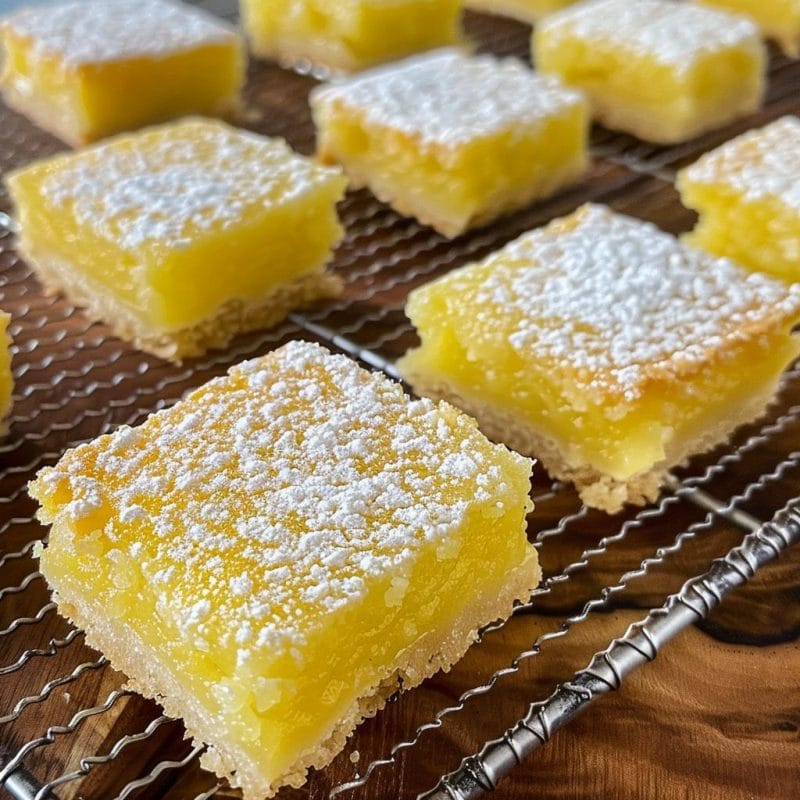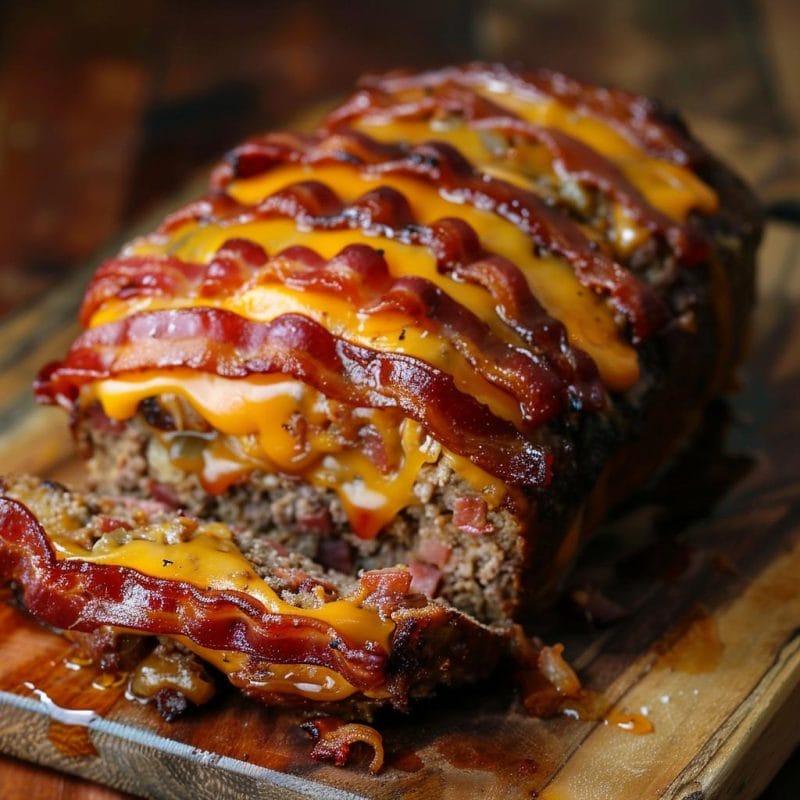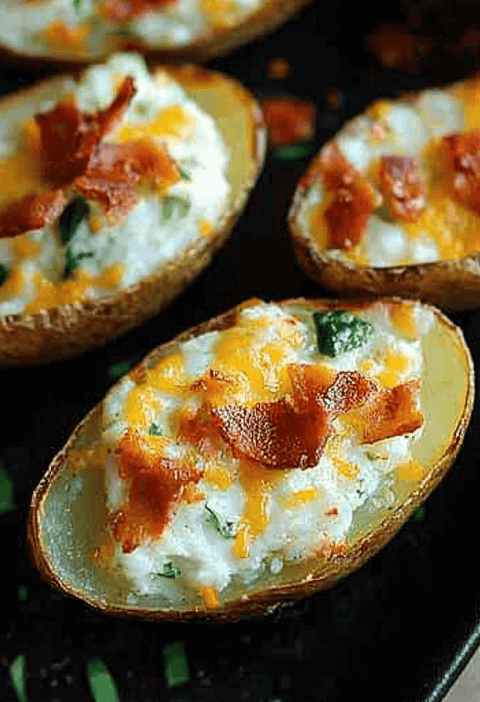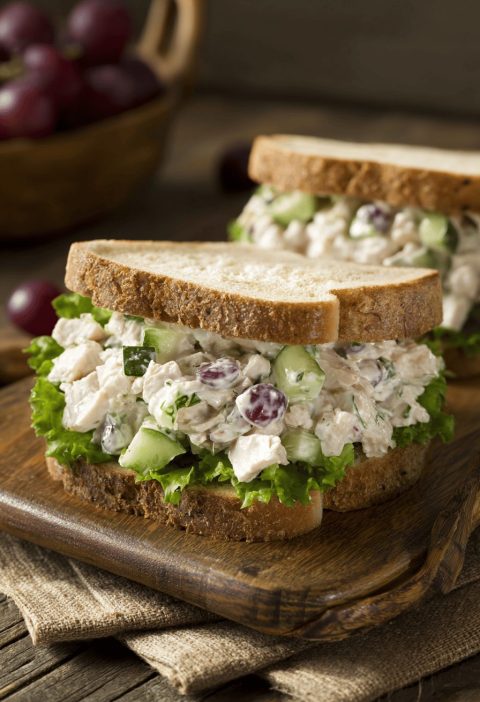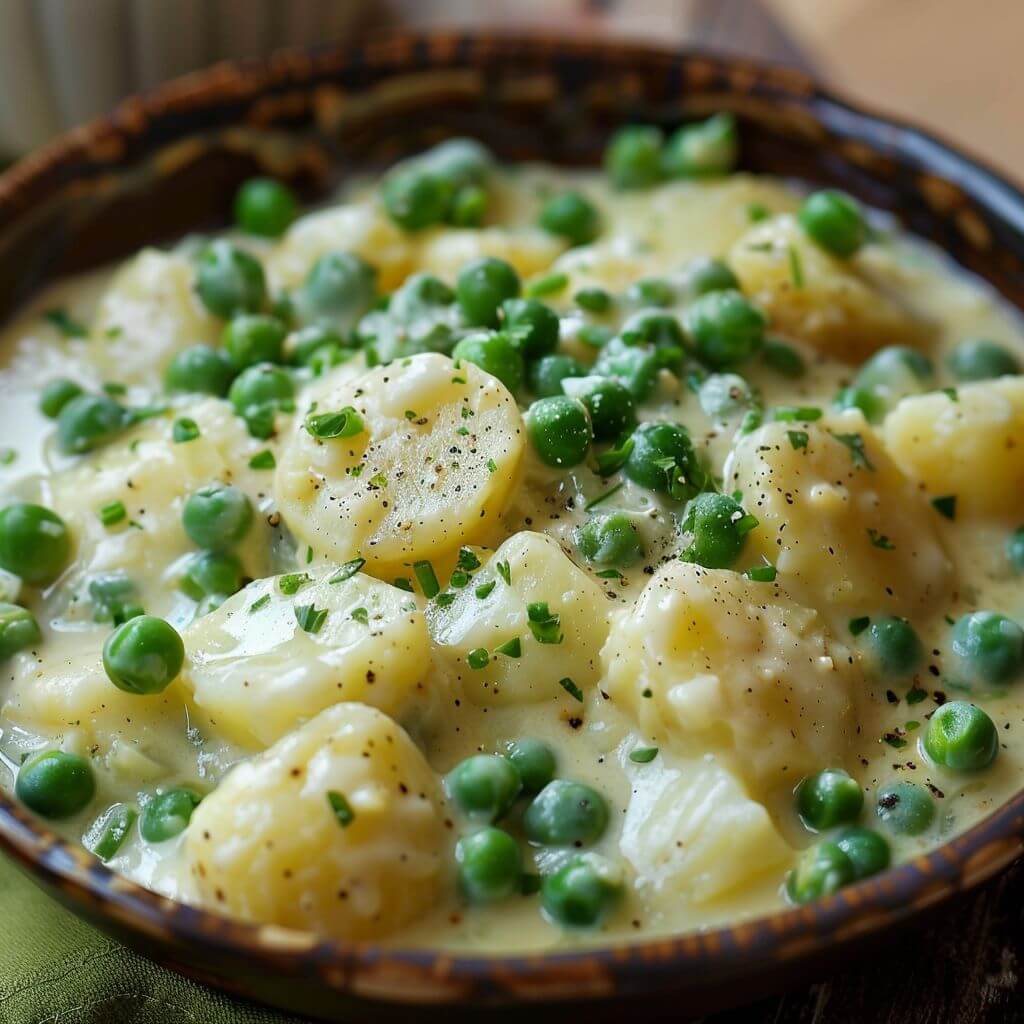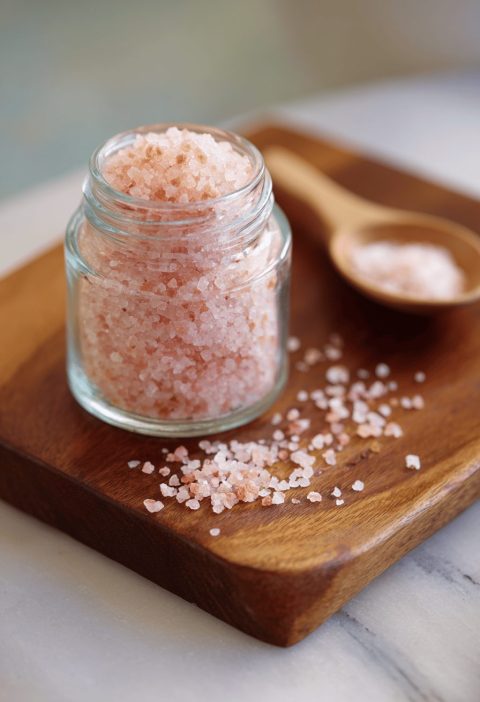Would you like to save this?
Making tanghulu, the beloved Chinese candied fruit treat, can be incredibly satisfying—until you find that the candy coating refuses to harden. If you’ve ever faced this frustrating problem, you’re not alone. In this article, we’ll explore the common reasons why your tanghulu might not be hardening and provide practical solutions to ensure you achieve that perfect, crunchy coating every time.
The Science Behind Tanghulu Hardening
To understand why your tanghulu isn’t hardening, it’s important to know the basic science at work. Tanghulu relies on the crystallization of sugar, which occurs when the sugar syrup cools and solidifies into a hard, glassy shell around the fruit. The process involves boiling sugar, water, and sometimes a bit of vinegar to the correct temperature, which allows the sugar to reach the “hard crack” stage. If your tanghulu isn’t hardening, several factors could be disrupting this process.
Common Reasons Why Tanghulu Fails to Harden
1. Incorrect Sugar Syrup Temperature
Achieving the right temperature is crucial for your tanghulu to harden properly.
- Too Low: If the syrup doesn’t reach the hard crack stage (300°F to 310°F or 150°C to 155°C), it won’t solidify into a hard shell.
- Too High: Overheating can cause the sugar to burn, resulting in a syrup that doesn’t harden correctly and might taste bitter.
Solution: Use a candy thermometer to ensure your syrup reaches the exact temperature needed. This step is vital for achieving the desired hard texture.
2. High Humidity Levels
Humidity is a hidden enemy when making tanghulu.
- Moisture in the Air: High humidity levels can prevent the sugar from setting properly, leaving you with a sticky or chewy coating instead of a crisp one.
Solution: Try making tanghulu on a dry day, or in an environment where you can control humidity levels, such as an air-conditioned room. Avoid making tanghulu on rainy or humid days.
3. Impurities in the Sugar
The purity of your sugar can significantly impact the crystallization process.
- Contaminants: Even small impurities in the sugar can inhibit crystallization, causing the syrup to remain sticky and preventing it from hardening.
Solution: Use high-quality, pure granulated sugar. Avoid cross-contamination by ensuring all utensils and surfaces are clean before starting.
How to Ensure Perfect Tanghulu: A Step-by-Step Guide
If you’re aiming for flawless tanghulu, follow this detailed guide to get it right every time.
Ingredients and Tools
- High-quality granulated sugar
- Clean water
- Candy thermometer
- Skewered fruits (like strawberries, grapes, or kiwis)
Procedure
- Prepare Your Fruit:
- Wash and thoroughly dry the fruit. Any water left on the surface can interfere with the syrup’s ability to harden.
- Skewer the fruit, ensuring it’s dry before dipping.
- Cook the Syrup:
- In a saucepan, combine equal parts sugar and water. Heat over medium heat, stirring until the sugar dissolves completely.
- Stop stirring once the sugar dissolves to prevent crystallization on the sides of the pan.
- Heat to Hard Crack Stage:
- Insert the candy thermometer and let the syrup boil until it reaches 300°F to 310°F (150°C to 155°C). Watch the temperature closely to avoid overheating.
- Optionally, add a small amount of vinegar to help prevent crystallization.
- Dip the Fruit:
- Quickly and carefully dip the skewered fruit into the syrup, ensuring each piece is evenly coated. Let the excess syrup drip off before setting the fruit down to cool.
- Cool Completely:
- Place the coated fruit on a baking sheet lined with parchment paper. Allow it to cool completely at room temperature without touching or moving the fruit.
Tips for Tanghulu Success
To maximize your chances of making perfect tanghulu, consider these additional tips:
- Maintain Consistent Temperature: Consistency is key. If the temperature fluctuates, the syrup may not reach the necessary hard crack stage.
- Quick Dipping: Work quickly when dipping the fruit to ensure an even coating before the syrup cools down too much.
- Proper Cooling: Avoid refrigerating the tanghulu, as the moisture in the fridge can soften the sugar coating.
Troubleshooting Common Tanghulu Problems
Even with careful preparation, issues can arise. Here’s how to troubleshoot common tanghulu problems:
- Syrup Too Thick: If the syrup thickens too much before you finish dipping, gently reheat it while monitoring the temperature to keep it at the hard crack stage.
- Syrup Hardens Too Quickly: This can happen if the syrup exceeds the hard crack stage. Keep a close eye on the thermometer and work swiftly to prevent this.
- Cloudy or Opaque Coating: This could be a result of sugar crystallizing in the syrup. Ensure the sugar is fully dissolved before boiling and avoid stirring once the syrup begins to boil.
Last-Resort Solutions for Tanghulu Troubles
If your tanghulu still isn’t turning out as expected, try these last-ditch efforts:
- Adjust the Recipe: Experiment with different sugar-to-water ratios. Adding a little more water might help achieve the right consistency.
- Change the Environment: If humidity is a persistent issue, consider using a dehumidifier to create a more controlled environment.
- Practice Makes Perfect: Sometimes, mastering tanghulu takes a few attempts. Don’t be discouraged—each try gets you closer to the perfect candy coating.
Final Thoughts: Mastering the Art of Tanghulu
Creating perfect tanghulu is a blend of art and science. By understanding the factors that influence the hardening process and taking steps to control them, you can consistently produce this delightful treat with a crisp, sugary shell. With patience, precision, and a bit of practice, you’ll soon be making tanghulu that’s as beautiful as it is delicious.


